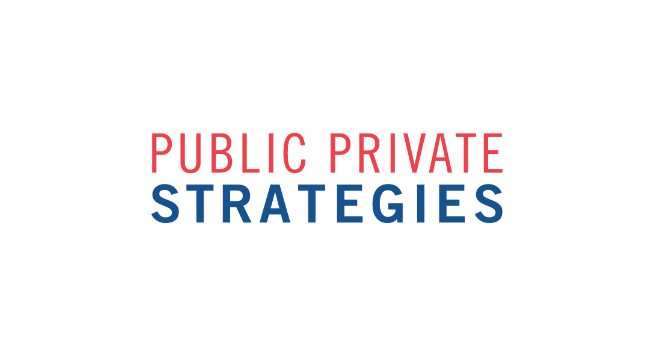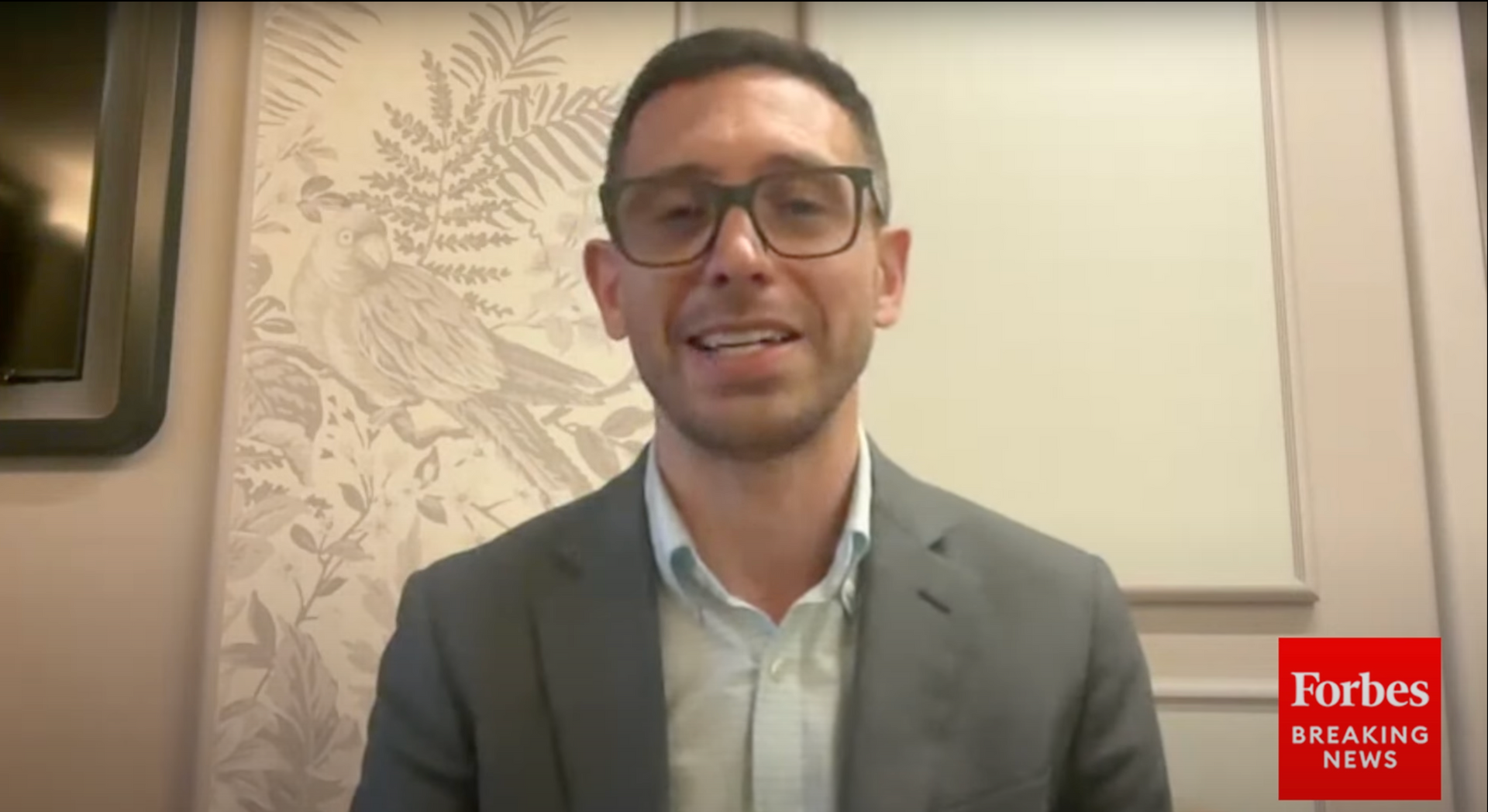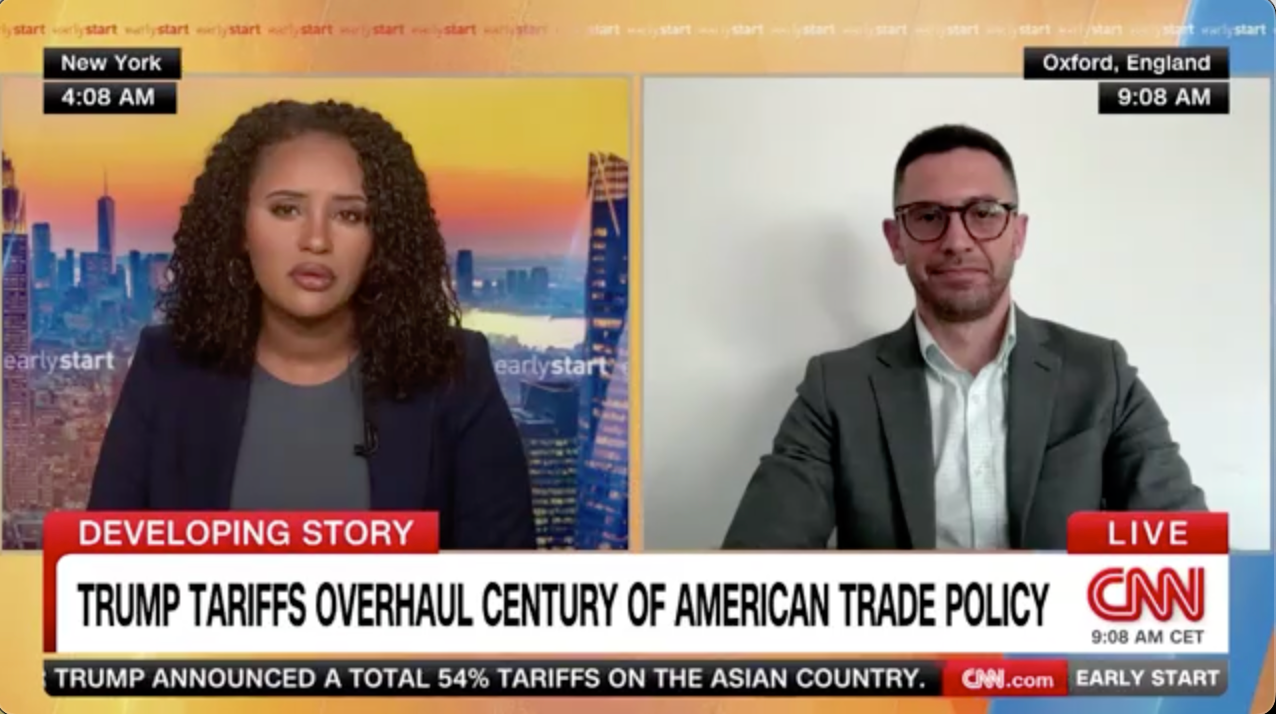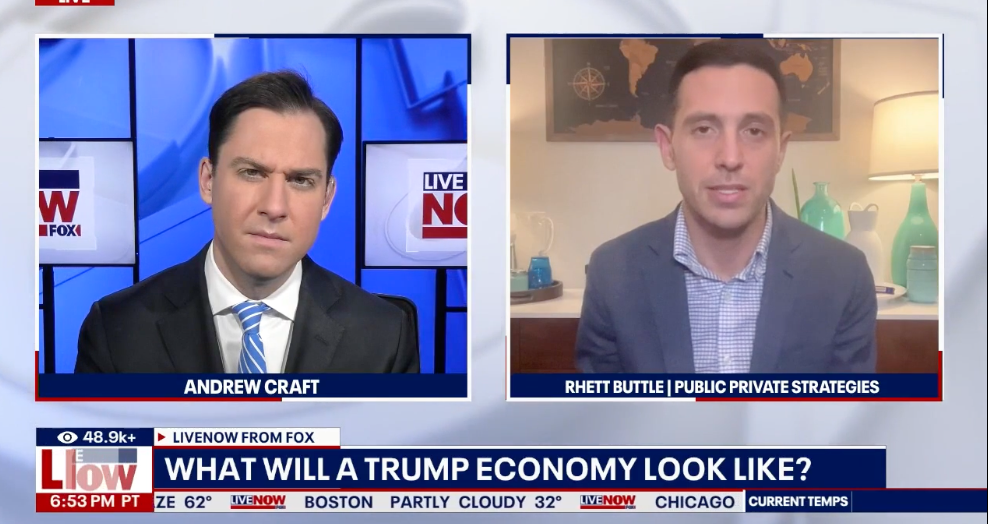Small Business Retirement Programs: A Report From California

LOS ANGELES TIMES VIA GETY IMAGES
The Covid-19 pandemic continues to impact small businesses across the country as they struggle to stay afloat financially. For many, the concern for owners and employees is making it to next week, and they are not even thinking about next year, much less planning for their retirement. However, the pandemic has shown the importance of saving for the future, and thankfully more states are creating programs that provide automated retirement savings options for small businesses and their employees.
The CalSavers program was established in law in 2016 and is a state-facilitated program for California workers whose employers do not offer a workplace retirement plan and self-employed individuals. Employers that do not offer retirement plans and have at least five employees will register for CalSavers and can facilitate their employees’ access to the program with minimal paperwork and no fiduciary liability. The program is voluntary for employees and uses an opt-out enrollment process based on insights from behavioral science. A portion of the employee’s paycheck is then automatically deducted into their own Individual Retirement Account (IRA), which is managed by professional financial services firms overseen by the CalSavers Retirement Savings Board, chaired by the State Treasurer. The program is always voluntary for employees, who can opt out at any time.
I recently had the opportunity to speak with Fiona Ma, California State Treasurer, and Katie Selenski, Executive Director of the CalSavers Retirement Savings Board, about the program and the Covid-19 pandemic’s impact on enrollment. I am very appreciative of the time they took to speak with me; below is a summary of our conversation.
Rhett Buttle: How has Covid-19 challenged or affirmed how you think about the financial security of small businesses and their employees in your state?
Katie Selenski: The pandemic has made it even more clear that many small businesses and their employees are operating at the margins. They are the lifeblood of our economy and our everyday cultural lives, but we have more work to do to support them and increase resiliency. Especially for employees who may be working paycheck to paycheck, the lost shifts and layoffs we’ve seen during the pandemic can threaten their livelihoods. This crisis has underscored the importance of having access to short- and long-term savings.
Buttle: How can states and organizations collaborate to support small businesses and their employees?
Fiona Ma: My office has worked hard to bring several small business assistance programs to employers throughout the state. We’ve hosted dozens of webinars, many in partnership with local chambers of commerce and economic development offices, to educate employers about new and existing resources to help them through this time. It’s been a great opportunity for us to partner with local organizations to reach their memberships and audiences. There are so many great programs—like CalSavers—that are unknown to small businesses and entrepreneurs and I’m proud to use my office to amplify their message.
Buttle: How has CalSavers worked to educate businesses about the program and the benefits it can provide? What lessons can other states learn from these efforts?
Selenski: First, we’re sending notifications directly to every eligible employer by both paper mail and email, with increasing frequency as they approach their deadlines. That direct targeted approach is absolutely essential, but we’ve also worked hard to develop a broader outreach strategy so that by the time employers receive those notices from us, hopefully they’ve heard about us through their existing network and understand what we’re about or at least have a sense that their trusted community leaders vouch for us. Local chambers of commerce and industrial associations have been incredible partners in helping us get the word out.
We used to do a lot of this work in-person, but now it’s all transitioned to webinar format, which allows us to do more. In addition to presenting at several sessions per week hosted by these community organizations, we host three to four public webinars of our own per week to provide overviews for employers and how-to instruction on getting started. Anyone can go to our website to sign up for one of those.
We’re also investing in digital advertising on almost every social media platform to raise awareness about the program and drive employers to register. While it would be wonderful to have more resources to expand into television and radio, it’s been exciting to see some of our nonprofit partners take it upon themselves to produce advertisements to get the word out on their own.
We’re proud that we’re able to do a lot with a little. As for lessons for other states, it’s really important to understand that even with the power of an employer requirement and automatic enrollment for employees, robust employer outreach and marketing is necessary to drive growth and sustainability. Policymakers need to enable those strategies by providing sufficient support through legislative start-up loans, understanding that it will pay off and help achieve the goal of broader retirement security sooner. And, as with any big bold policy proposal, stakeholder engagement is key early and often. You need to invite small business advocates to the table at every step—design, build, and launch—to ensure the program works for them, because they will be your best ambassadors when it’s time to engage employers.
Buttle: The deadline for larger employers (more than 100 employees) to register was September 30. Has Covid-19 impacted the employer eligibility timeline?
Selenski: Yes. The original deadline for the largest employers was June 30 and we took action to push the deadline back to September 30 because we knew employers were facing severe challenges. We hope that the extension was helpful as all businesses and the entire economy had to adapt to our new normal over the spring and summer. Going forward into recovery, our team is here to assist employers and we hope they’ll see CalSavers as part of their reopening plan.
This piece originally appeared in Forbes on November 5, 2020. You can view it online here.
Rhett Buttle is the founder of Public Private Strategies, Executive Director of the Small Business Roundtable, Founder of the NextGen Chamber of Commerce, a Senior Fellow at The Aspen Institute, and a contributor for Forbes.
WANTING MORE NEWS? SIGNUP TODAY
Contact Us







